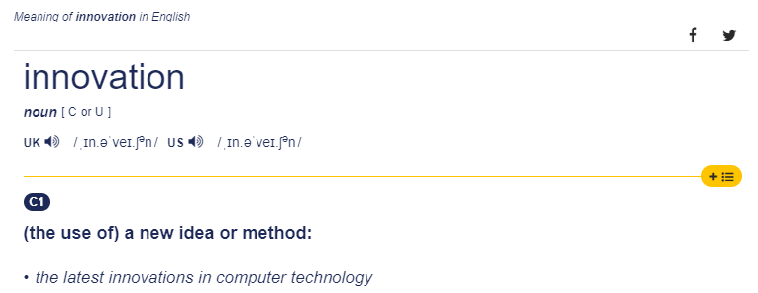“Innovate or Die”, a 20th century quote often ascribed to author and management consultant Peter Drucker, seems to have become one of the guiding principles in every industry in the 21st century.
In this age of disruption fueled by mass media, scientific progress, globalization, and unprecedented environmental challenges, those organizations that manage to out-innovate their competitors consistently outperform them as well.
If one organization can deliver business value faster than others, or can produce a product or service using less resources, it is best positioned to grow and outperform.
Countless models try to explain the ways in which innovation can occur, and what types of innovation exist. What most do agree on, is that innovation has to be fostered and nurtured within organizations; creating the right environment for innovation to occur is critical. An open culture, diversity and a healthy organizational appetite for risk are just some of the factors that can influence the amount of innovation happening within the organization.
There’s a way to do it better, find it.
IT as an innovation enabler
IT can be both a source of innovative ideas, and an excellent enabler to support innovation. Technological breakthroughs can be innovation triggers, but these are often created by researchers, specialized IT firms, or megascale corporations with mindboggling Research & Development budgets.
Though the impact of these technological breakthroughs can be gigantic; think of blockchain, container technology or AI models, most organizations are not positioned to generate such breakthroughs themselves.
As such, for most organizations IT, and technology in general, is therefore employed as enabling for business innovation to take place. By making use of the aforementioned new technologies, these organizations can help deliver more business value in more efficient and disrupting ways.
Such innovations can be disruptive; for example when a completely new way of doing business is made possible by new technology and implemented for the first time by an organization in a certain industry.
More often however, innovation happens on a smaller scale; more specialized and iterative rather than grand and game-changing. A sequence of smaller, pragmatic innovations, all enabling the organization to create just a bit more business value, can add up to great improvements over time. These smaller innovations often focus on improving daily operations, streamlining processes and automating previously manual work.
